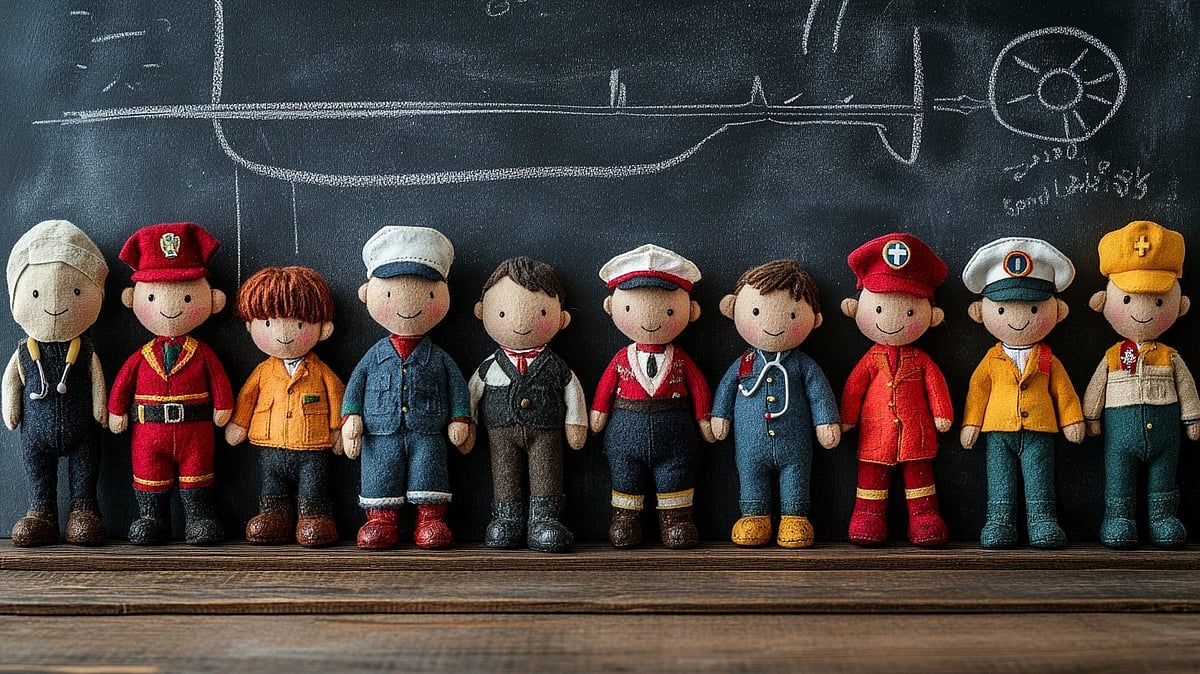If you’re looking for something fun and easy to expend your creative energy into that also helps you exercise precision, collecting miniature figurines might just be the right avenue for you. Originally used for tabletop gaming, building dioramas, these resin or plastic statues usually no more than five feet high are largely emerging into collectors’ items.
Sourcing
“The most important aspect to understand is the reason behind collecting or acquiring any miniature figurines,” says Pooja Dwivedi, a media professional and an avid collector of miniature owls, “Unless you are sure of that, don’t get into this collection aspect. Once you figure it out, keep your eyes open to certain places where you can get them.”
Before deciding on “what” you wish to buy, figuring out the “why” aspect can help you understand what kind of a collection might appeal to your purpose the best. In addition to picking out objects that seem aesthetically pleasing, go for something specific that resonates a deeper connection with you. Highly detailed, rare kits and unassembled miniatures with rare prints are often more lucrative since they allow the buyer to put them together. While online stores and retail shops are always a go-to-avenue, try and tap into the community of being a collector by looking at specialty shops and conventions dedicated to buying, painting and trading miniatures.
Assembling
If the pieces of your figurine are unassembled, use an exacto knife and cutting mat to pry them out of their plastic sprue. After removing the unassembled pieces from the packaging, clean any mold lines or excess material with a hobby knife in order to provide a smooth surface to paint on. Dry-fitting the parts together before applying any glue to them can help you get an idea of the final outcome and make any necessary alterations beforehand. Once you’re satisfied with the fit, use small drops of glue to attach the pieces together along the joining surfaces and press them together lightly to ensure they’re intact. Use putty to fill in any gaps and smooth out the excess with a sculpting tool or a toothpick. If the piece comes with a base, you can clean it by removing any excess material and add texture or scenic elements by gluing sand, rock or foliage to it.
Painting
Painting is a process that demands patience, attention to detail and a steady hand. Due to them being water-based, easy to work with and available in a variety of colours, acrylics are often the popular choice for painting figurines.
Investing in a set of primary colours, artist’s palette and brushes specifically designed for this purpose can help when starting out. To begin with, apply thin, even coats of primer to the assembled ensemble followed by thin coats of the base colours as well. You can add depth and dimension to your figurine by employing darker shades of the base colour for shadows and lighter shades of pure white for highlights. Use a smaller brush to add finer details like facial textures, weapon details or clothing patterns while also dabbling with different techniques and tools like weathering, rust, blood splatter or texture effects to make the object looking more engaging. Finish off by applying a thin and even coat of varnish in order to protect and enhance the colours.

Preserve and store
When dealing with figurines, there’s always an option to either display them as loose pieces in displays with lighted shelves, cabinets and custom dioramas or keep their packaging intact by hanging them on walls or arranging them in neat rows or shelves. Exposure to sunlight and frequent fluctuations in temperature can adversely impact the longevity of your collection. Excessive sunlight can often lead to fading and discolouration in objects while hot room temperatures can cause the plastic in these objects to soften and warp. Extreme temperatures can lead to the abhorrent domino effect: a phenomenon where individual parts often crumble inwards due to excessive warmth. As Pooja advises, “Buy things which you and only you can clean easily. You brought them with great love and so you only must take care of them. Others might not be as passionate about your collection and so will not put the same efforts in cleaning or preserving them.”
Cost involved
While these objects do enjoy a certain retail value within specific crowds due to them being collectors’ items, it’s more often the desire to possess something tangible surrounding a passionate personal interest or purely an intrinsic motivation that makes people get into this craft. When asked if she feels the monetary value involved is a small price to pay for the larger returns you get out of this activity, Pooja replied with exhilaration, “200% yes. When I look at my owl collection, I always smile and stay happy. Also, some have amazing memories attached to them since I brought them when I was on vacation. I always believe the good things in life cost something. But the end value is more important.”
Dive into a pool of creativity, craftsmanship and attention to detail today by building your own war-like miniature figurine collection.
